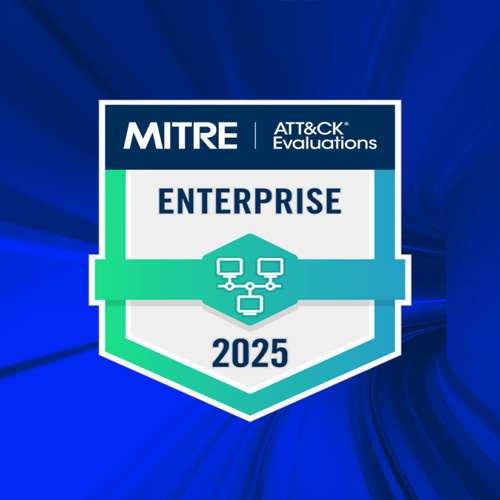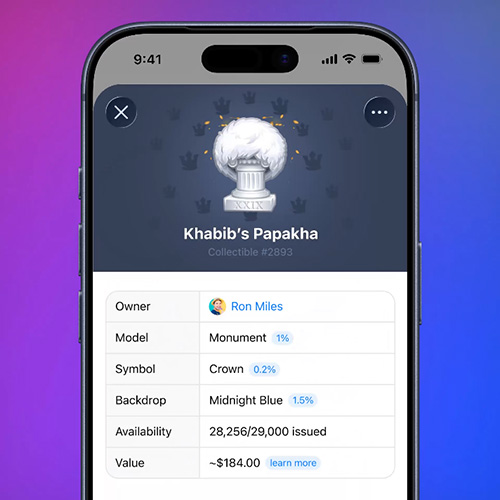
Sundar Ram,
Vice-President, Technology Sales,
Consulting Oracle Corporation, Asia-Pacific
India has the world’s fifth-largest electricity generation capacity. However, the country faces acute power shortage due to inability of an inefficient and outdated power infrastructure to meet the growingdemand from public as well as industries.
Putting more light on the need for the power sector in India to modernize its infrastructure with the adoption of technologies like Big Data, Sundar Ram, Vice-President, Technology Sales, Consulting Oracle Corporation, Asia-Pacific,hasrecently interacted with VARINDIA. Excerpts -
How significant is the adoption of new technologies for modernizing the infrastructure of power sector in India?
Renovation and modernization of India’s power plants is imperative to meet the energy crisis in the country. Steps are already being taken in this direction with the adoption of smart grid technologies and smart meters, especially by the private sector providers. Change doesn’t come easy for an industry that operated for a hundred plus years with systems that have been stable and worked well for the most part. However, traditional systems that have served utilities well over the years were not built to handle the frequency and volume of data that will emerge from smart meters, grid devices and other network controls and sensors. As a result, utility businesses are cautiously restructuring their current IT infrastructure, systems and tools to accommodate emerging needs such as customer prepay, demand response, self-service analytics, near-real-time operational control and distributed generation.
How useful is the Big Data and real-time analytics solution to pinpoint the need for maintenance, when a network is down, overloaded or reaching capacity?
Big Data solutions provide the technology foundation and framework to enable the analysis of meter and event data consumption, from a broad array of sources, both stored and streaming. Utilities are able to perform continuous analytics against this data to look for anomalies, patterns and trends that might indicate an opportunity for them to make actionable decisions on both supply and demand. Integration into outage and distribution management applications allow for further development of business capabilities such as distribution, load management switching, etc. Protocols can be established to move customers to alternate feeders during times of overcapacity. Analytical information also allows utilities to look at granular use and consumption patterns for neighbourhoods, districts, or cities to facilitate better supply planning and load forecasting in these service territories.
Implied in the scenario is the need to integrate key customer processes and interaction points to operational applications for combined analysis and action. Many companies also have geo-spatial data available from their equipment, diagrams and vehicles. This data can be used to deliver real-time analytics to pinpoint the need for a maintenance person, when a network is down, overloaded or reaching capacity.
What are the business requirements for building a Big Data platform?
Around the world, utilities are under pressure. Citizens demand energy and water that don’t undermine the environment. Financial stakeholders look for operational efficiency at a time when ageing workforces and infrastructures are facing replacement. Regulators require compliance and detailed reporting on operations. Operators seek action on smart grid and smart metering initiatives that add intelligence to infrastructure. Customers seek choice and convenience – at affordable costs. Pressures like these are forcing today’s utilities to re-examine every aspect of their business process – from supply to consumption to billing and settlement.
Utilities are rolling out smart grid and smart metering projects to address some of these challenges. These deployments are underway in India as well.
Big Data and Analytics can help companies move away from “one size fits all” services. For example, at the customer premise level, they can analyze usage patterns at the meter level and provide this usage information back to consumers with the intent of developing market- driven and customized pricing offers that reflect individual consumption characteristics.
In mature markets, Big Data solutions are also helping utility companies determine competitor strengths and weakness, enabling them to exploit competitive strongholds and target marketing programmes towards specific customers or segments of customers.
What are the innovations that will help drive down costs and generate more revenues?
As utilities roll out smart grid and smart metering projects, the resulting transformation is generating tremendous volumes of data. Like in any other industry, this data can be tapped and analyzed using innovative Big Data solutions like that provided by Oracle to drive down costs, improve operational efficiencies and generate more revenue. Oracle has mission-critical applications to support such emerging “smart” business processes as universal interval billing, customer demand response and conservation programmes, better and faster leak and theft detection, net metering, and electric vehicle recharging.
For example,Oracle’s Meter Data Management, running on Oracle Exadata and Oracle Exalogic, easily handles the huge volume of data arriving from millions of new interval meters.As utilities increasingly move toward interval billing, it permits all applications to receive the metering information they need in the format that fits their unique requirements.
Oracle Utilities Smart Grid Gateway acts as a data hub. It provides a common, two-way connection between utility applications and smart grid devices, reducing the cost and complexity of introducing new devices, data streams, and business processes. It ensures efficient and timely flow of information and commands to both applications and equipment.
Oracle Utilities Cloud Analytics provides a scalable and secure approach that can be made available quickly and easily so that your utility can turn data into useful analytics. The Software-as-a-Service (SaaS) platform ensures a short lead time from integration to deployment, and its easy-to-use interface will have you focussing on results in no time.
satinder@varindia.com
See What’s Next in Tech With the Fast Forward Newsletter
Tweets From @varindiamag
Nothing to see here - yet
When they Tweet, their Tweets will show up here.





























